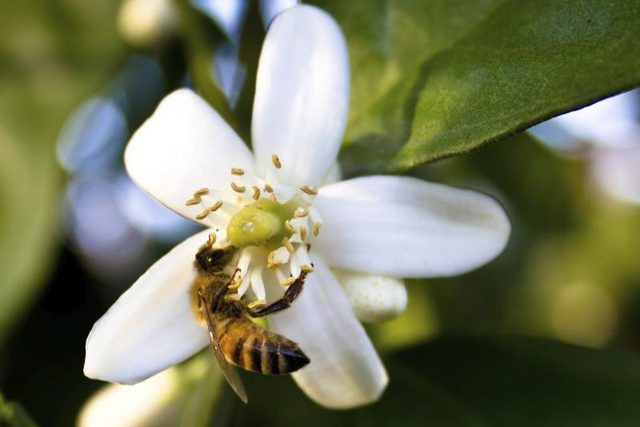Bulbs
Flower Basics
Flower Beds & Specialty Gardens
Flower Garden
Garden Furniture
Garden Gnomes
Garden Seeds
Garden Sheds
Garden Statues
Garden Tools & Supplies
Gardening Basics
Green & Organic
Groundcovers & Vines
Growing Annuals
Growing Basil
Growing Beans
Growing Berries
Growing Blueberries
Growing Cactus
Growing Corn
Growing Cotton
Growing Edibles
Growing Flowers
Growing Garlic
Growing Grapes
Growing Grass
Growing Herbs
Growing Jasmine
Growing Mint
Growing Mushrooms
Orchids
Growing Peanuts
Growing Perennials
Growing Plants
Growing Rosemary
Growing Roses
Growing Strawberries
Growing Sunflowers
Growing Thyme
Growing Tomatoes
Growing Tulips
Growing Vegetables
Herb Basics
Herb Garden
Indoor Growing
Landscaping Basics
Landscaping Patios
Landscaping Plants
Landscaping Shrubs
Landscaping Trees
Landscaping Walks & Pathways
Lawn Basics
Lawn Maintenance
Lawn Mowers
Lawn Ornaments
Lawn Planting
Lawn Tools
Outdoor Growing
Overall Landscape Planning
Pests, Weeds & Problems
Plant Basics
Rock Garden
Rose Garden
Shrubs
Soil
Specialty Gardens
Trees
Vegetable Garden
Yard Maintenance
The Pollination of Orange Trees
The Pollination of Orange Trees. As the intense fragrance of blooming sweet orange trees (Citrus sinensis) pervades your garden, you hear the sound of bees visiting the flowers. For many fruit crops, insect pollination is necessary to set fruit, and often cross-pollination between two different clones or varieties is needed. Not so with sweet...

As the intense fragrance of blooming sweet orange trees (Citrus sinensis) pervades your garden, you hear the sound of bees visiting the flowers. For many fruit crops, insect pollination is necessary to set fruit, and often cross-pollination between two different clones or varieties is needed. Not so with sweet orange. The blossoms are self-fertile and don't need cross-pollination, and fruit set occurs even without insect pollinators. Sweet orange fruit production and size, however, increase with honeybee visits. Sweet oranges are hardy in U.S. Department of Agriculture plant hardiness zones 9 through 11.
Sweet Orange Flowers
Waxy, white sweet orange flowers are in clusters at branch tips in spring. Ripe oranges can still be on the tree when flowers bloom. In the center of the flower is a cluster of 20 to 25 male reproductive structures called stamens. At their tips are anthers that produce pollen, small dustlike grains that pollinators carry from tree to tree. The pollen needs to contact the female reproductive part called the stigma, which is on top of the pistil in the middle of the stamen cluster. At the pistil's bottom is a swelling called the ovary, which develops into the orange.
The Pollination Process
Honeybees are the main visitors and the effective pollinators of sweet orange flowers. They visit the flowers as soon as they open, and each flower lives for about 25 hours. Honeybees carry pollen in special pollen-carrying structures called pollen baskets on their hind legs and also on their feathery body hairs. As they crawl over orange flowers to reach the nectar-producing glands at the base of the flower, some of the pollen scrapes off onto the sticky stigma, and pollination occurs. Once attached to the stigma, the pollen grain grows a tube down the pistil and into the ovary to carry the male genetic material to the female parent for fruit formation.
Sweet Orange Flower Visitors
Besides honeybees, native bees such as leafcutter bees (Megachile spp.) and sweat bees (Lasioglossum spp.) visit orange flowers, as do hummingbirds and butterflies. Flower flies, black and yellow insects usually smaller than honeybees, can also be present. They have only one pair of wings and bees have two pairs.
Effect of Honeybees
Sweet orange flower anthers don't produce much pollen. Honeybees visit flowers mostly for the nectar, from which they produce a distinctly flavored honey. Because the pollen is scarce, honeybees need to visit each orange flower 10 to 15 times before enough pollen is transferred to have an effect. Research done by Brazilian plant scientists showed a 35 percent increase in fruit production as a result of honeybee pollination, and fruits had a higher weight. After pollination in spring, small green fruits take months to gradually grow into ripe oranges, ready to harvest in late fall to the following spring, depending on the variety.
Encouraging Pollinators
Honeybees have been taking it tough since the 1980s with a host of new pathogens that cause death of individual bees and whole colonies. Diseases include colony collapse disorder, nosema fungi and viruses. This not only affects agricultural crops but home gardens as well. To help with bee health in your area and to encourage bees to visit, avoid using pesticides or other chemicals that would negatively affect bees anywhere in your environment. It helps to have other blooming plants in addition to orange flowers to attract bees to your yard when oranges are flowering.